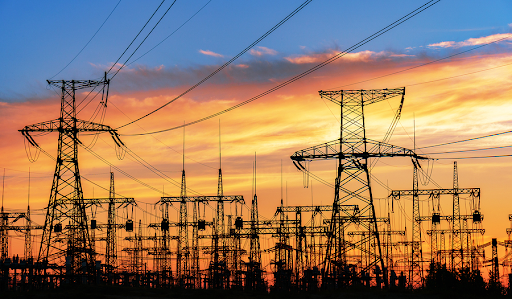
6 Tips to Understand Energy Tariffs & Rates in Australia

The prices that all users pay against the energy service include the tariff and other fees. These charges apply under the contracts.
When you opt for any energy service, there is a set price that users have to pay. Some retailers offer high tariffs however some retailers have energy plans with lower tariff rates. These market tariffs are not capped. This means retailers have settled the tariff rate on their own.
In most states of Australia, such as New South Wales, South Australia, and Southeast Queensland, the energy offers must comply with the energy retail code. However, when moving electricity connection does not need extra charges. When it comes to understanding the energy tariffs and rates, it is important to understand all the costs that are associated with the energy plan you opted for. Here is a quick guide that explains the types of energy tariffs in Australia.
Table Of Content
The Fixed Charge Tariff
The Variable Charge Tariff
Tariff And Your Energy Bill
Fees And Extra Charges
Discount On Energy Plan
What If You Want To Switch Tariffs?
The Fixed Charge Tariff
A fixed tariff charge means that you will be paying for a fixed coat for your energy unit. For either gas or electricity, the unit charge cost per unit will not get changed. It will remain the same at the time of the contract. If you have a fixed plan, your service provider will charge your bill with some energy price dying the plan.
During the fixed-rate plan, if your supplier raises the tariff rate, your rates will remain the same. Opting for a fixed tariff rate is quite beneficial as it gives security and is often charged less. Throughout the contract, you might usually be charged for at least a year.
The Variable Charge Tariff
In a service plan where your per-unit charge on gas and electricity units will change. Variable rates tend to change with the rise and fall of prices. If you want to have a short-term energy plan, it is for the variable tariff contract without incurring fees.
In a variable rate tariff, the unit rates and standard charges can increase or decrease. This means, your energy bill can rise or decrease based on the amount of energy and cost per unit.
Tariff And Your Energy Bill
The variable and fixed charges that make up the tariff are usually listed on the second page or the back of a one-page electricity or gas bill. Billing periods can be interrupted by changes in energy tariffs. A written notice of this change will be sent to you by your retailer, usually included with or on your next bill. You will see the amount of energy used at the old tariff rate on your bill and the amount of energy used at the new tariff rate on your bill if this is the case. If you have any questions about the information on your bill, you should contact your retailer.
Fees And Extra Charges
Every energy plan consists of fixed fees and extra charges, in some cases. There are several examples that show the types of fees that may apply to an energy contract.
There might be certain charges considered establishment fees charged while setting up the connection. However, there might be no fees for moving the electricity connection.
When you leave a contract, there might be a termination fee. These few can vary depending on the time left for your contract.
If you pay from your card, the process might get you charged some cost for the processing fee.
When your debit card payment is due, this might charge you for insufficient funds in your account.
A late payment fee would be charged to you.
There are certain charges defined by the retailers at the time of connection or disconnection.
Discount On Energy Plan
Electricity and gas usage charges are often discounted in market offer contracts. There are a number of discounts available around the world, however, they come with conditions that must be met in order to qualify. There is usually a 'benefit period' included in market contracts that include discounts. The benefit period ranges between 12 months and two years, depending on the offer. In some cases, however, retailers may offer ongoing discounts throughout the duration of your agreement. At the end of this period, customers will no longer receive their discount and will automatically be charged the higher, non-discounted rate for power. Here you can also get information about the energy Australia moving house
What If You Want To Switch Tariffs?
Because of changes in the energy industry, you won't find many energy tariffs on price comparison tools right now. Unless there are better deals than what you're on now, you may want to wait until they become available again. There are two types of tariffs available to consumers; the multi-rate and the economy. The result is that you will pay less for your energy use overnight and more for it during the day.
Appreciate the creator